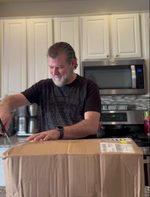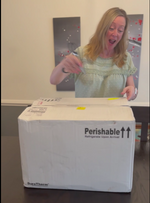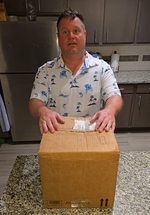wild tide seafoods
Maine Lobster Tails
Maine Lobster Tails
Description
Description
Our Stonington, Maine, lobsters taste better and have a better texture than lobsters from warmer waters. These cold-water lobsters have a superior flavor and texture. Top chefs and discerning tastes prefer Stonington Maine lobsters!
We use HPP to ensure our frozen lobster tails have a like-fresh flavor. High-pressure processing (HPP) is a modern technique that keeps lobster tails fresh without using preservatives or high heat. It helps maintain the quality, texture, and flavor of the seafood, making it a popular method for preserving freshness.
The lobster tail is a highly sought-after seafood delicacy appreciated for its succulent and flavorful meat. You can cook lobster tails by boiling, steaming, grilling, or baking. Most folks pair it with butter and lemon to enhance its traditional and delectable taste. Lobster tail dishes are common in fancy restaurants and popular for special occasions or romantic dinners.
Here are a couple of step by step recipes.
Grilling Lobster Tail
Grilling lobster tails is a popular method to cook them. To grill, first use sharp kitchen shears to cut the top of the shell. Gently pull out the meat, making sure to keep it attached at the tail. Next, brush the meat with butter, garlic butter or olive oil and season it with salt, pepper, and any desired herbs or spices.
Preheat the grill to medium-high heat and place the lobster tails shell-side down. Grill for about 5-7 minutes until the meat is opaque and slightly charred. Serve with melted butter and lemon wedges for a delicious meal.
Broiling Lobster Tail
Broiling lobster is a popular cooking method that can result in delicious lobster tails. To broil, first cut the top of the shell with kitchen shears. Then gently pull out the meat, making sure to keep it attached at the tail. Place the lobster tails on a baking sheet, brush them with melted butter, and season with salt, pepper, and any desired herbs or spices.
Preheat the broiler and place the baking sheet with the lobster tails about 5-6 inches away from the heat source. Broil for about 8-10 minutes until the meat is opaque and slightly browned. Serve with additional melted butter and lemon wedges for a tasty meal.
Contents: 4 Pack = 4-Stonington Maine Lobster Tails (4oz-5oz)
4 lbs =10-12 Stonington Large Maine Lobster Tails (5oz-6oz)
How to defrost frozen seafood
How to defrost frozen seafood
Thawing your seafood products correctly is very important in order to ensure peak quality and prevent health risks. All of our frozen seafood is glazed to prevent freezer burn. Once thawed pat gently with a paper towel to remove excess moisture. We recommend you follow FDA guidelines for food handling and cook all products to the FDA’s Recommended internal temperatures. There are several methods of defrosting your seafood. We recommend the following:
- Refrigerator Method - For the best quality remove from packaging, plate and then cover. Place product in the refrigerator 12-24 hours prior to cooking. Once defrosted your seafood will be good for up to three days. Do not refreeze product.
- Water Method - For IVP portions place product in a container of cold water (Don’t use warm water as it will pre cook the product unevenly) in the kitchen sink. Change the water periodically or place product under constant light spray of cold water to control temperature. Check seafood in about an hour once thawed cook immediately. For IQF bags remove your desired quantity of product from bag and place in a separate resealable bag. Promptly return the unused product in original IQF bag to the freezer. Submerge the product being defrosted in a cold bowl of water leaving the product in the sealed bag. Keep submerged until product is completely defrosted changing the water changing the water as needed. It is not recommended to thaw product outside of the sealed bag. Cook immediately after defrosting.
- Microwave Method - You can defrost fish in the microwave by following your microwaves defrost settings and instructions. While this is the fastest method we don’t recommend it as quality control will suffer.
Cooking instructions
Cooking instructions
Fish - We recommend you pat dry coat with your desired cooking oil (we recommend Olive Oil or Grapeseed Oil). Place fish in a heated pan and cook uncovered until browned. Turn your fish over and season with spices then cover the skillet tightly. Reduce heat to medium and cook 6-8 minutes more until fish is opaque throughout.Shellfish - All our shellfish is precooked to ensure quality and safety. To prepare we recommend steaming or sautéing with seasoning (we recommend Old Bay). Once product has been under boil for around 5-6 minutes it should be ready to eat.
What is your return/replacement policy?
What is your return/replacement policy?
We want you to be completely satisfied with the quality of our Wild Tide Seafoods products. If you receive fish products that are thawed or materially damaged or have other substantive problems, we will replace your products free of charge. To request a replacement, please contact us at info@Wild Tide Seafoods.com with details within 7 days of receipt of products. If it is conveniently possible to photograph the problem and attach a photo to your email, we would appreciate it. This is not a requirement, but will help our QC department in dealing with packaging or shipping issues. A replacement will shipped using the same shipping option as the original order.
We are unable to accept returns on our perishable goods, so please do not send your purchase back to us.
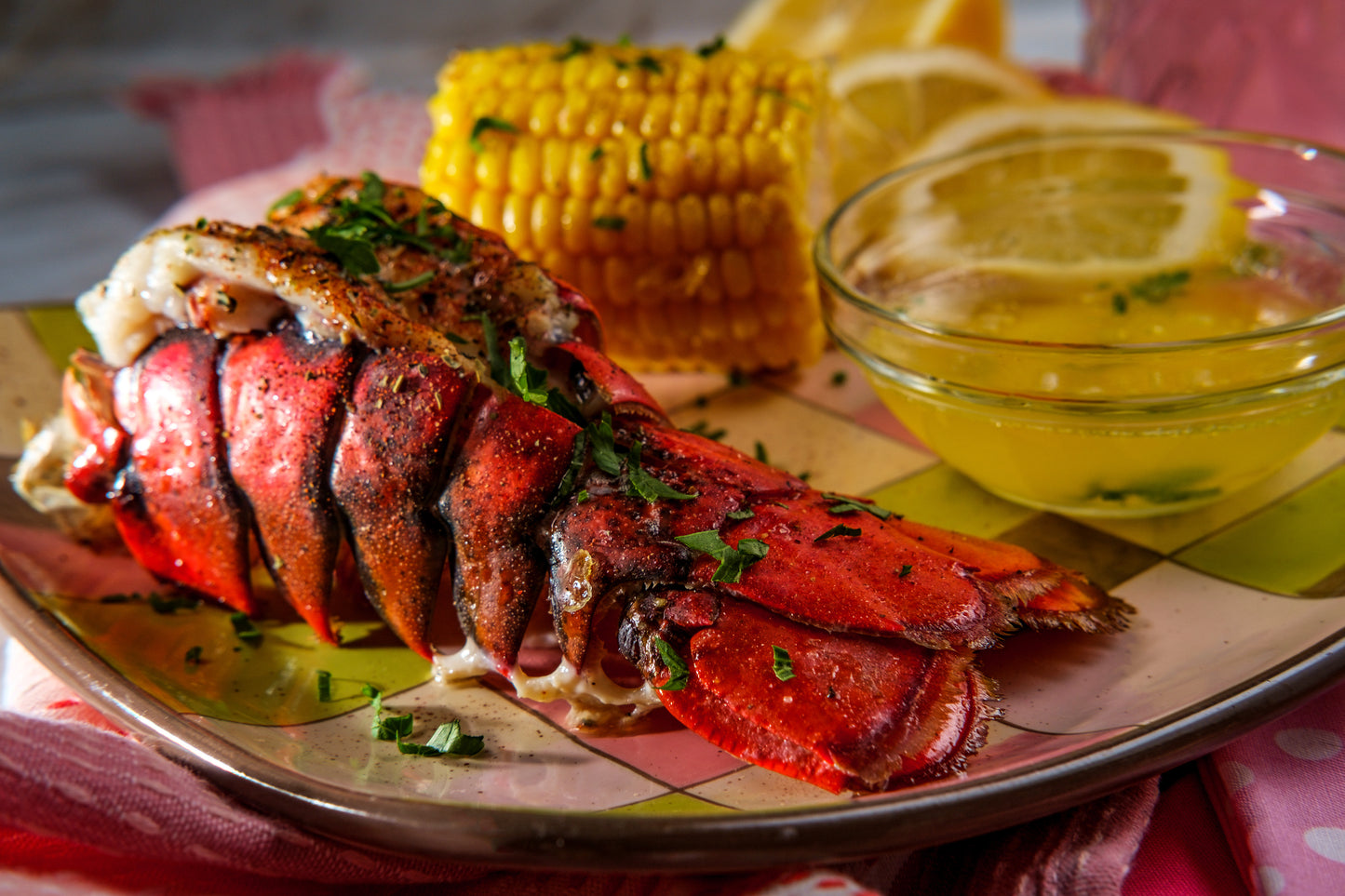
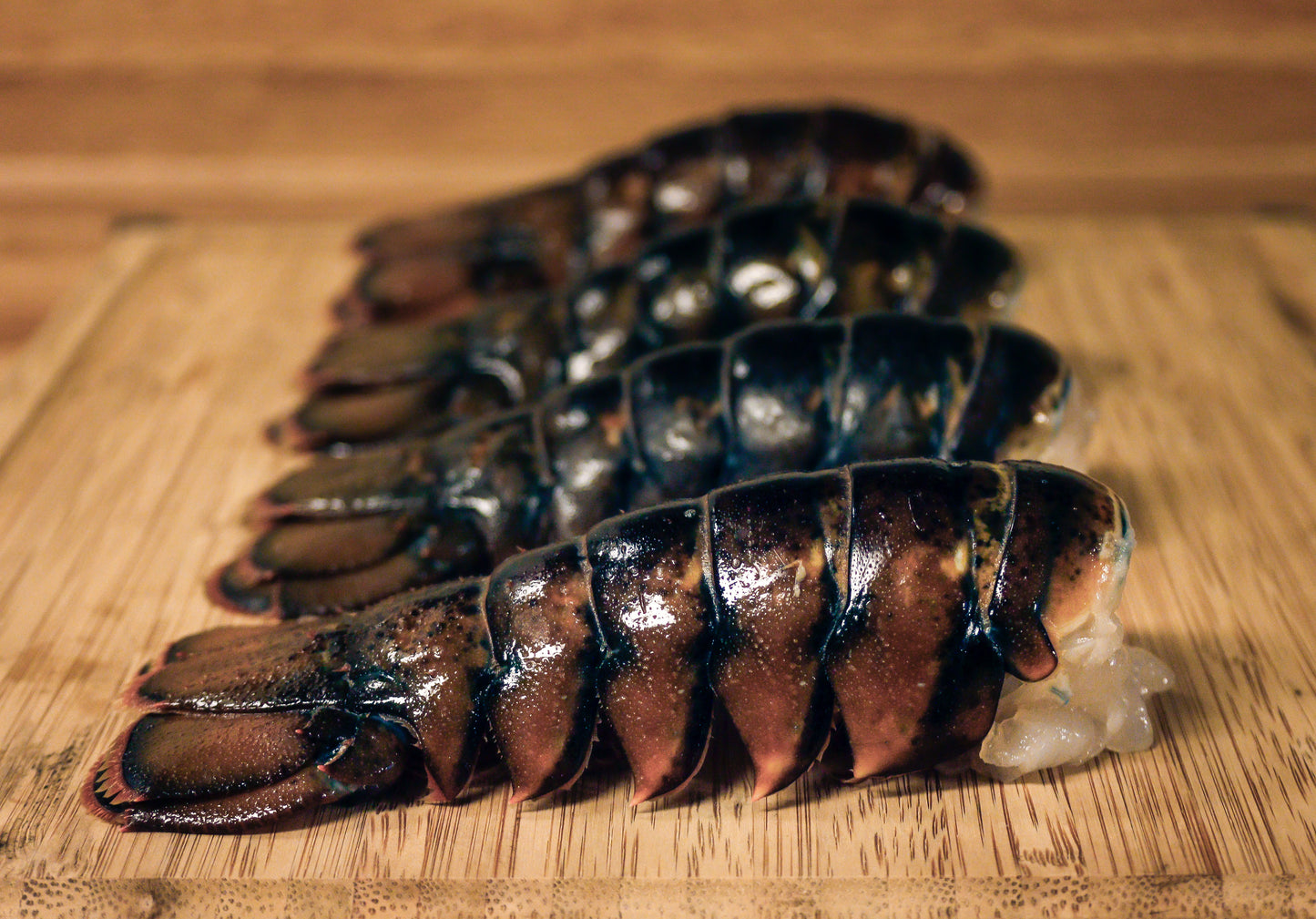
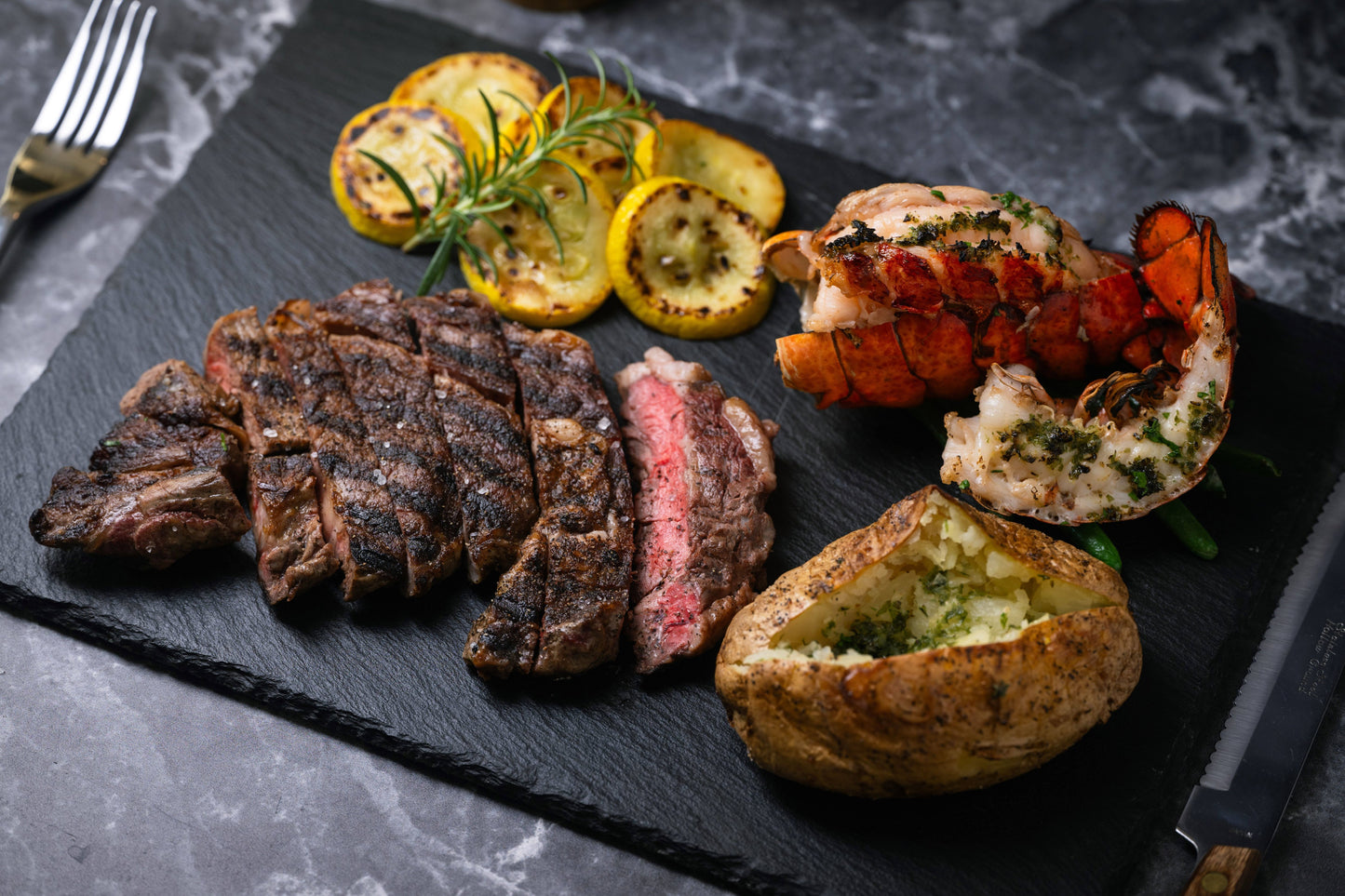
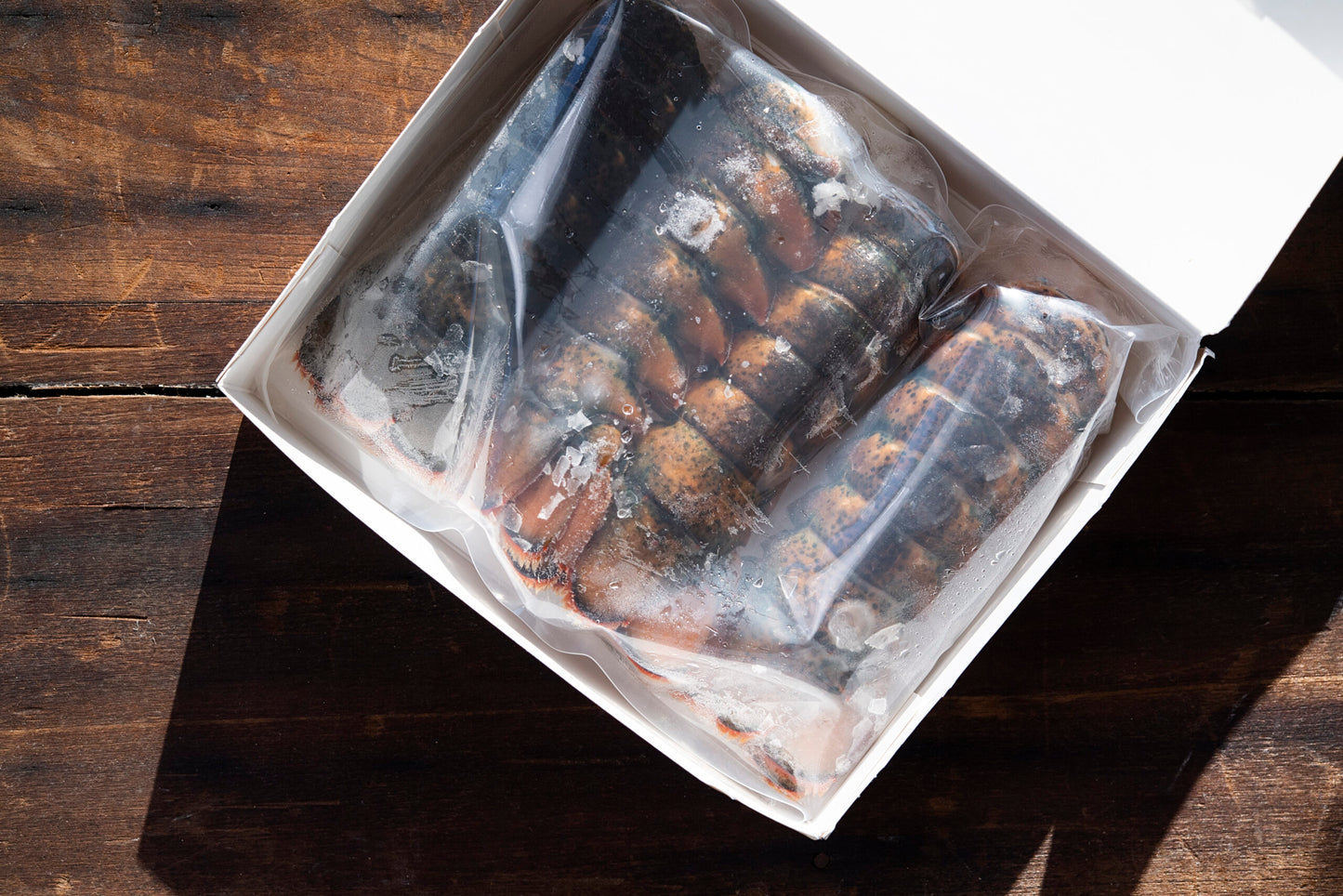
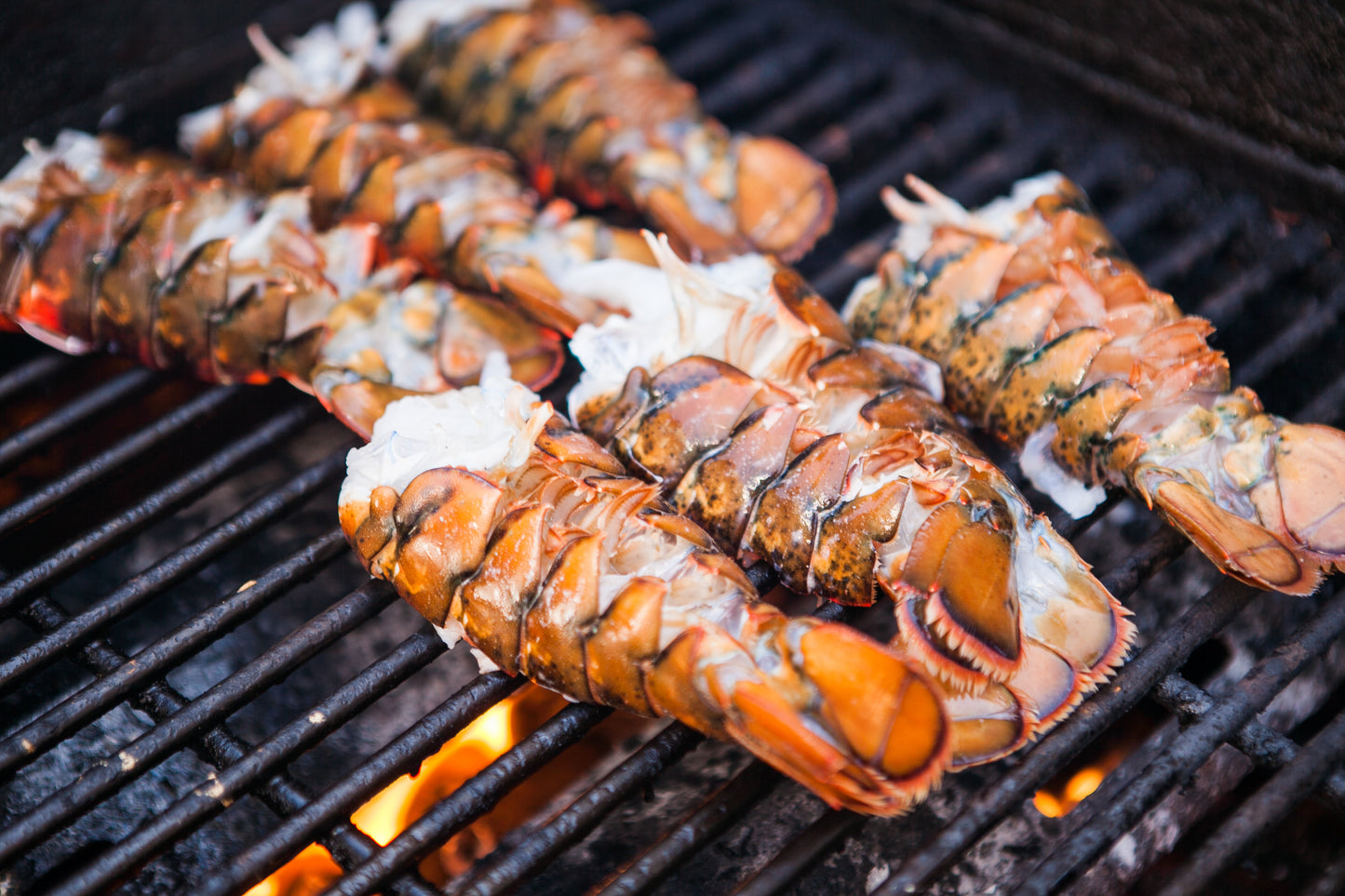
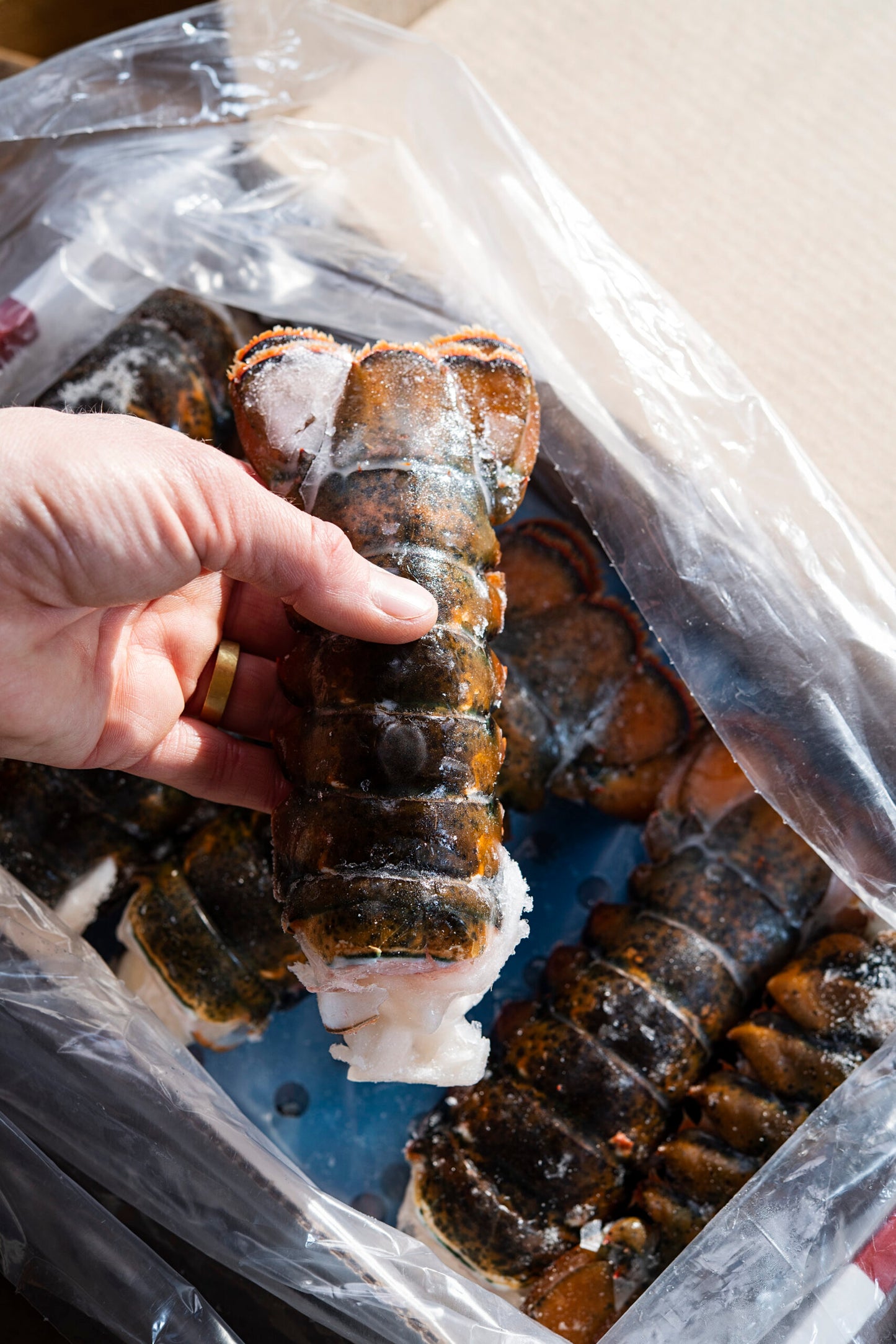
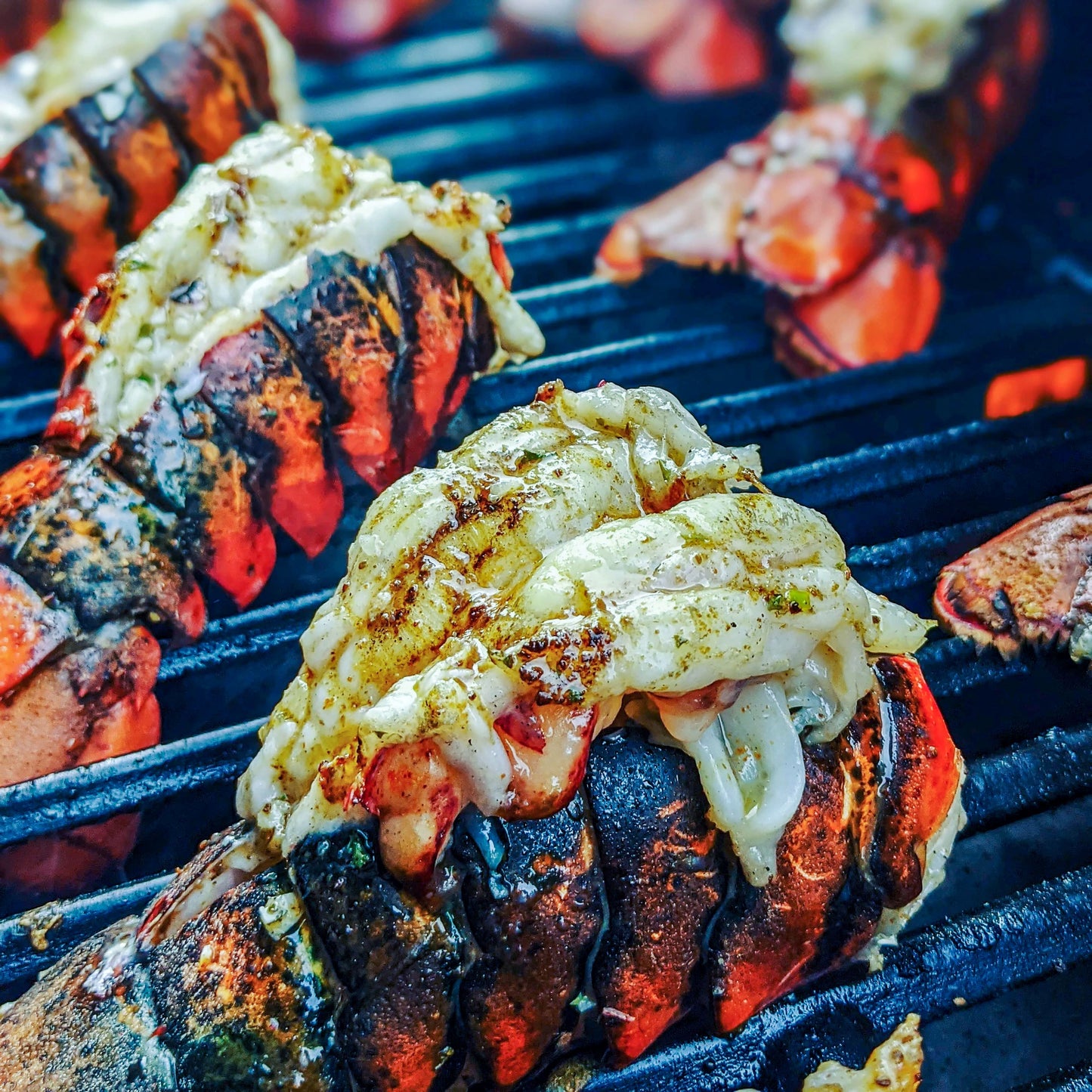
Why Wild Tide Stands Apart
Discover how Wild Tide Seafoods outperforms both premium competitors and mass‑market suppliers - delivering unmatched quality, transparency, and value from ocean to plate. Compare for yourself and see why Wild Tide is the clear choice for seafood lovers
| Feature | Wild Tide Seafoods | Other Premium Seafood Brands | Commodity Seafood Suppliers |
|---|---|---|---|
| Sustainably Wild‑Caught | |||
| Responsibly Traceable (full chain‑of‑custody) | |||
| Premium, Whole‑Fish Cuts | |||
| Flash‑Frozen at Peak Freshness | |||
| Non‑GMO, No Additives or Preservatives | |||
| Transparent Sourcing & Fishing Practices | |||
| Direct‑to‑Consumer Pricing | |||
| Certified Humane & Eco‑Friendly Packaging | |||
| Widely Available (mass retail) | |||
About Wild Tide Seafoods
FREQUENTLY ASKED QUESTIONS
How to defrost frozen fish
Thawing your seafood products correctly is very important in order to ensure peak quality and prevent health risks. All of our frozen seafood is glazed to prevent freezer burn. Once thawed pat gently with a paper towel to remove excess moisture. We recommend you follow FDA guidelines for food handling and cook all products to the FDA’s Recommended internal temperatures. There are several methods of defrosting your seafood. We recommend the following:
- Refrigerator Method - For the best quality remove from packaging, plate and then cover. Place product in the refrigerator 12-24 hours prior to cooking. Once defrosted your seafood will be good for up to three days. Do not refreeze product.
- Water Method - For IVP portions place product in a container of cold water (Don’t use warm water as it will pre cook the product unevenly) in the kitchen sink. Change the water periodically or place product under constant light spray of cold water to control temperature. Check seafood in about an hour once thawed cook immediately. For IQF bags remove your desired quantity of product from bag and place in a separate resealable bag. Promptly return the unused product in original IQF bag to the freezer. Submerge the product being defrosted in a cold bowl of water leaving the product in the sealed bag. Keep submerged until product is completely defrosted changing the water changing the water as needed. It is not recommended to thaw product outside of the sealed bag. Cook immediately after defrosting.
- Microwave Method - You can defrost fish in the microwave by following your microwaves defrost settings and instructions. While this is the fastest method we don’t recommend it as quality control will suffer.
Cooking instructions
- Fish - We recommend you pat dry coat with your desired cooking oil (we recommend Olive Oil or Grapeseed Oil). Place fish in a heated pan and cook uncovered until browned. Turn your fish over and season with spices then cover the skillet tightly. Reduce heat to medium and cook 6-8 minutes more until fish is opaque throughout.
- Shellfish - All our shellfish is precooked to ensure quality and safety. To prepare we recommend steaming or sautéing with seasoning (we recommend Old Bay). Once product has been under boil for around 5-6 minutes it should be ready to eat.
How is my Wild Tide Seafoods order packed?
We pack your products carefully in a reusable, recyclable cooler containing plenty of dry ice. The individual portions or packs within the cooler are vacuum-packed. Your fish items should arrive hard-frozen, and all you need to do is transfer them directly to your freezer.
There may be some remaining dry ice in the bottom of the shipping cooler, beneath the shipping pad that is under the fish items. Please use care handling any remaining dry ice (per notes on plastic cover); you can simply place the lid back on the shipping cooler overnight to allow the dry ice to dissipate.
When is my Wild Tide Seafoods order shipped?
Shipping is free on all seafood products. We will ship your package via FedEx Home Delivery. Your package will take 1 to 3 business days to arrive to you once it is shipped.
Orders placed on Monday will ship same day if placed before 8:00 AM ET.
Orders placed on Tuesday through Wednesday will ship same day if placed before 12pm ET.
Orders placed after 12pm ET will be shipped the following business day.
Orders placed on Wednesday after 12pm thru Sunday will ship Monday, with the following exception:
Orders placed on Wednesday thru Thursday before 12pm will sometimes ship for Saturday delivery depending on location. Orders going to the West Coast, Mid-west, and rural areas are typically shipped the following Monday.
Note: Due to nationwide shortages and supply chain disruptions, some orders may experience delays up to 24 hours.
We are unable to ship to PO boxes or FPO or APO addresses. Currently we are able to ship only to continental US addresses.
What is your return/replacement policy?
We want you to be completely satisfied with the quality of our Wild Tide Seafoods products. If you receive fish products that are thawed or materially damaged or have other substantive problems, we will replace your products free of charge. To request a replacement, please contact us at www.wildtideseafoods.com with details within 7 days of receipt of products. We request that you photograph the damage upon arrival and attach the photo to your email. Once susubstantive damage has been confirmed a replacement order will be shipped using the same shipping method as the original order or a refund will be issued.
We are unable to accept returns on our perishable goods, so please do not send your purchase back to us.
Is your fish wild-caught or farm-raised?
Of Course our seafood is Wild!
Every product is wild, nothing is farmed raised.
Our mission at Wild Tide Seafoods is to offer direct delivery of top quality fish and seafood. We offer this both to health & fitness-seekers, so that they get the benefits of omega 3 fats in the form of healthy, pure, delicious fish servings, and also to folks who just love great seafood! We hope we are making it easy, by offering both variety packs as well as individual types of seafood, for you to eat and enjoy a variety of fish and get the USDA recommendation of a minimum of 2 servings of fish per week.
Why is your fish shipped frozen instead of fresh?
Nothing beats the taste of fish & shellfish fresh out of the water. If you are lucky enough to catch fish yourself and enjoy cooking and eating your catch, or if you live near fishing communities and can buy seafood fresh off the boat, then you know what we’re talking about. But a few days after fish is caught and filleted, it begins to lose its freshness; bacteria start to do their work, and flavor gradually changes after a week or more. After two weeks, virtually all “fresh” unfrozen fish will no longer be fit to eat. Luckily, fish that is flash-frozen (with special equipment that freezes delicate fish flesh within minutes) within a couple of days (or in some cases a few hours) stops the breakdown process. You can then keep this properly-frozen fish in a very fresh state for months, thawing and cooking it when you want to enjoy fish the way it tastes when it comes out of the water.
After whole fish is harvested and filleted, it is usually shipped first to a wholesale intermediary or to a distribution center, and thereafter shipped to the stores selling retail fish to consumers. Each step in this distribution process usually takes days rather than hours. Therefore, the “fresh” fish that you see in the big-box discount grocery store in your neighborhood is usually either 1) already a week or more old, or 2) previously frozen. (Previously frozen fish should be marked as such, but in practice this doesn’t always happen. So ask before you buy.) The exceptions to this are the natural/high-end grocers and fish markets who carefully source their fish. This is where Wild Tide Seafoods comes in. In order to offer you a variety of the best fish in a state of freshest flavor, our fish is frozen as soon as possible after processing. In this case, the fish industry’s inside quote rings true: Our frozen fish is usually fresher than fresh! It’s what we feed our families, and we believe it’s what you will want to eat once you’ve tried it.
Does your fish contain bones?
We do our best to remove the bones found in each species of fish found on our site, but it is possible that some fish may infrequently contain small, edible bones.
How do I manage or cancel my subscription?
You can manage all aspects of your subscription, including cancellation, by setting up and logging into your account on our website. To cancel by email, please provide at least 24 hours' notice prior to your transaction. If your transaction has already been processed, a 15% cancellation fee will apply to cancel the order.
















